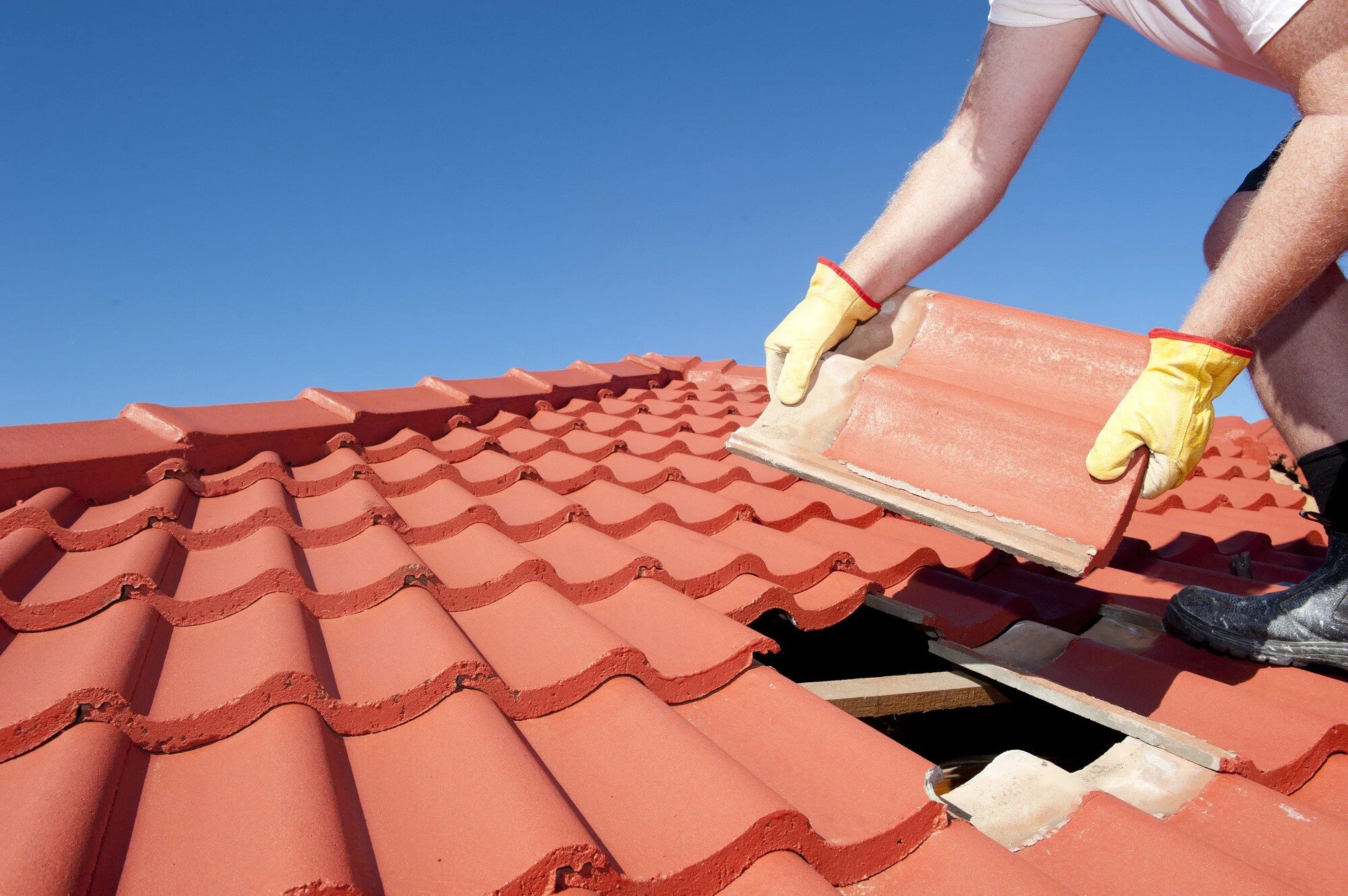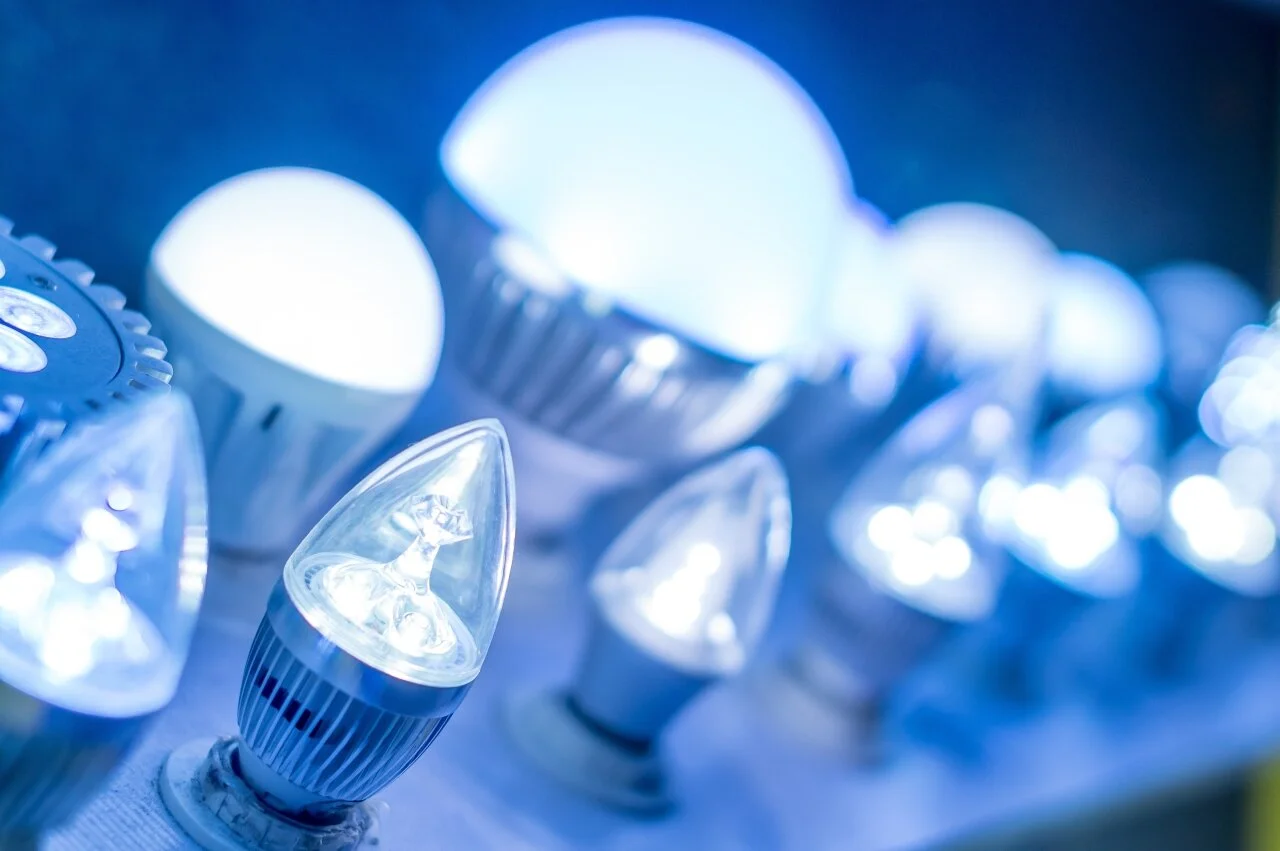How To Find a Fabulous Office Furniture Table on a Limited Budget
RH Business Marketing Solutions
A gorgeous, classy office furniture table is a must for any work area. But buying one can be pretty expensive! What if you are on a limited budget? Is it not possible to buy one without breaking the bank?
Fortunately, you can find an office furniture table that will help you improve your work productivity and won't cost you a lot. Here are some tips to help you buy one for your office space.
5 Tips to Find a Fabulous Office Furniture Table on a Limited Budget
Tip #1: Consider the type of desk needed
There are various types of desks available in the market today. If you plan to set up a home office, it's best to consider one with drawers so essential documents and records can be stored properly. You'll also need to choose whether or not it should come with filing cabinets attached or if you should purchase separate ones instead. It would be to purchase with the table. If you're setting up an office area at home for work and personal use, then the best option would be to buy a computer desk with ample space underneath to store papers or other items. You can also have this in combination with storage cabinets, so not only are you maximizing your workspace but that of your office furniture table as well. You can also check out some great office cubicles for sale.
Tip #2: Look for used office furniture tables
A great way to find high-quality yet affordable pieces is by looking for second-hand furniture. Sites like Craigslist or even eBay have many options where individuals or companies sell pre-owned items at discounted prices. It's best to look through multiple listings, so it's easier to compare prices and brands. The advantage of buying used is that if you opt for a good manufacturer, they'll most likely still be available even years after purchase through their authorized resellers. It means the brands will continue to service and sell spare parts such as replacement glass tops, drawers, or locks.
Tip #3: Look for open box items
Another way you can save money is by looking out for open box items. These products have been returned and opened before but are still in excellent condition and perfect for office furniture tables. The advantage of buying them is that their prices usually cost less than those new ones despite only being once before. But make sure to examine the product before actually buying it carefully. Check for any damages or problems that the seller may have missed and establish if there's a warranty before you commit to the purchase.
Tip #4: Shop during sales
Sale time is one of the best times to find a fabulous office furniture table on a limited budget. During this period, shops usually give away significant discounts to clear up their inventory, especially end-of-season sales. A great strategy is to shop online from home during sale time then use coupons when making your order. Some stores offer free shipping deals whenever they hold such promotional events, which adds to savings for consumers like you.
Tip #5 Shop online
A good number of online stores will let you rent their tables at low prices. If you do not want to keep it for long, consider renting the table only until your project gets over. Or else, lease with an option to buy later or return. You could go in for co-sharing, too, where others who need tables could share the space and costs instead of having individual rentals. Now you have several options to choose from when looking to rent an office furniture table.
As a bonus, you will be able to choose from several types of tables such as glass, metal, or wooden, depending upon the aesthetic appeal and comfort level. For example, the glass table reflects the light beautifully and provides a bright feel while it is cold to touch during hot summer months. The wood color fits perfectly with your décor and brings in warmth and sophistication. The metallic type is solid and sturdy for use every day without any problems.
When you buy a good office furniture table, not only will it help improve your work productivity, it can also add to the overall look of your home. And since the prices are usually much lower than regular items, finding one won't break the bank at all. However, when buying one for commercial purposes, make sure to identify potential risks involved before committing to its purchase. You should be aware of safety hazards such as sharp edges and other dangers that could harm customers or even employees when used carelessly. Other considerations include durability and maintenance costs which you should carefully consider before actually making any purchases.
Guest Contributor: Adeendren Iyan
















